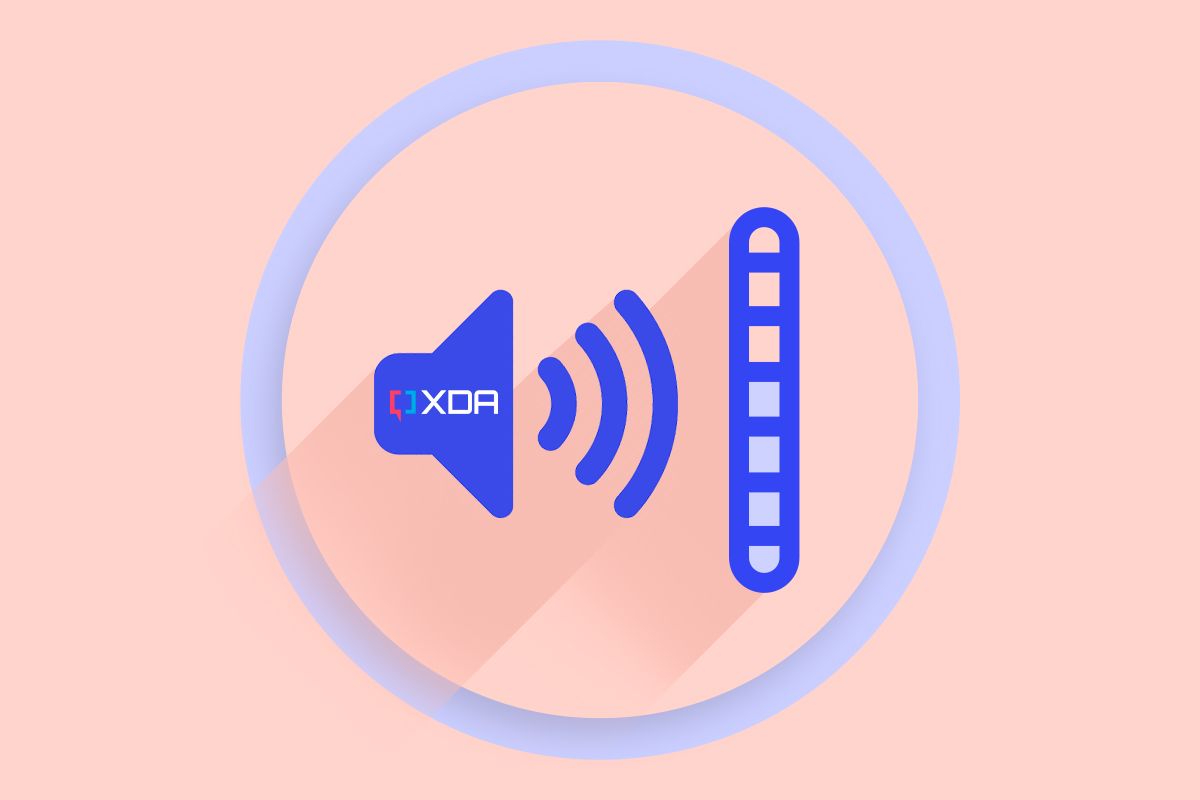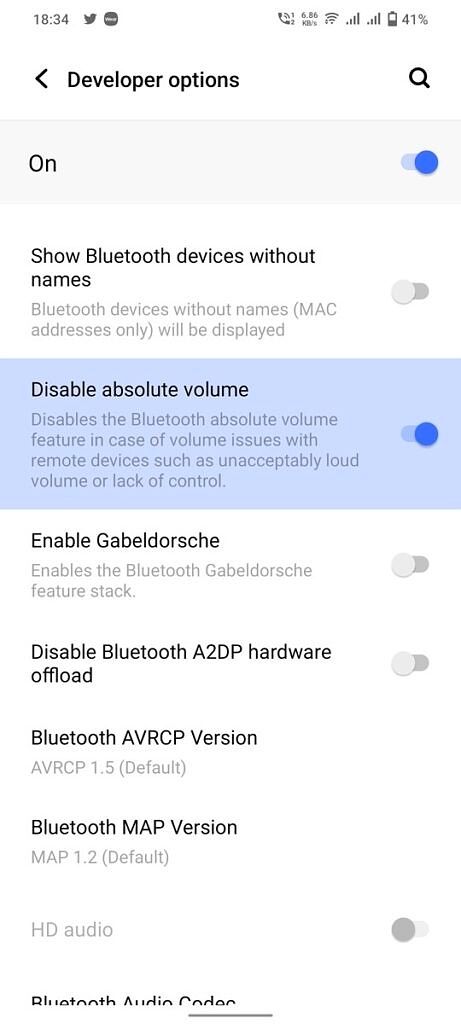I like to listen to podcasts and audiobooks at bedtime as it helps me sleep better. Ideally, you want just the right amount of volume when listening to an audiobook or podcast in a quiet setting — something that remains comfortable to listen to for an extended period. A bit louder, and it becomes a distraction and causes listening fatigue and a bit quieter, and everything becomes unintelligible. I'm quite sensitive to volume changes and loudness, so I always spend some time fiddling with the volume slider to find a comfortable level. However, thanks to how Android handles media volume and volume control, finding the sweet spot is a perpetual struggle. It's always a bit too loud or too quiet no matter how carefully you try to adjust the volume slider. This issue is more evident with in-ear headphones — both wired and wireless — than with over-ear headphones.
This has remained a struggle on almost every Android phone I have used in recent years. On the iQOO 7 Legend, for example, even the lowest volume level is too loud for listening to sleeping sounds or podcasts at bedtime. In addition, each volume step has a big jump, so you're always caught between a volume that's either slightly too loud or slightly too low. If you want just a modest increase or decrease from the current level, it's nearly impossible. My Xiaomi Mi 10i 5G running Pixel Experience based on Android 12L is better with lower volume levels, but after the third or fourth click, I run into the same situation where each volume jump becomes really huge.
Thanks to how Android handles media volume, finding the sweet volume spot is a perpetual struggle.
The volume issue is further complicated by Android's "absolute volume" control, which unifies the volume of the connected Bluetooth headphones and the phone media volume. This is a big win for convenience as it takes away the pain of independently adjusting the physical volume control on your Bluetooth headphones and the phone media volume, meaning that changing the volume on your phone controls the volume on the Bluetooth device and vice versa.
However, this convenience comes at a price: the loss of finer control over volume levels.
I'm not sure exactly when Google coupled Bluetooth and phone media volume. I remember being able to adjust the internal volume of my Sennheiser HD 4.50 headphones independent of the phone media volume in earlier Android versions. This offered greater flexibility and precise control over the overall volume output. I could set the phone media volume to 5 and then use the physical controls on the headphones to adjust the internal volume until I find the sweet spot.
The problem is that while Android provides you an option to disable absolute volume control, which decouples Bluetooth and phone volumes, I have had mixed results with this option. While it works with my Sennheiser headphones and OPPO Enco M31 neckband, it does nothing for truly wireless earphones. It's only really useful if your Bluetooth headphones have their own volume control.
There used to be a very effective solution to this problem in the form of the Precise Volume app. The app hooks into your phone's audio system to overwrite Android's 15-step volume limit and add 100 volume steps. It hasn't been updated in a long time though (since 2017, actually), and it no longer works on devices running Android 9 Pie and above.
Before you mention it, yes, I have also tried out the build.prop method to increase the volume steps from 15 to 30. However, it didn't work in my case, adding empty steps instead of evenly spreading the total volume across 30 steps. Not only that, this option isn't viable for a large portion of the Android community as it requires root access.
Google should take inspiration from Samsung and LG
A simple solution would be to just add more tangible steps to the media volume.
So, what can Google do to give Android users more control over volume output? A simple solution would be to just add more tangible steps to the media volume. As mentioned above, Android currently offers 15 volume steps. In comparison, my Sony Walkman MP3 player had 32 steps. Samsung provides an app called Sound Assistant, which lets Galaxy smartphone users add 150 volume steps. Meanwhile, the LG V30 and V40 offered 75 steps when you enabled the dedicated DAC. If Google doesn't want to go to the length of Samsung and LG, even 30 steps would be more than enough. By default, Android can continue to use 15 steps while giving power users an option to enable additional steps for finer control over the volume level.
Another option Google could consider adding is a master volume slider that would limit the overall volume output system-wide. So, for example, you could set the master slider to 60% to reduce the overall intensity/loudness for each volume step. Yet another option is to let Android media apps add their own volume slider that works independently of the system media volume. That way, you can play with both sliders to fine-tune the final volume.
Of course, I'm not the first to raise this issue. It's an age-old problem that many Android users have faced for years and has yet to catch Google's attention. It's one that I know particularly bugs some users, and it's been a problem in my own usage for a long time, too.
While all of us know that Android has come a long way from its early days, it's important that refinements and quality of life changes like these aren't overlooked. It's a mature operating system at this point, but problems like these hold it back.


